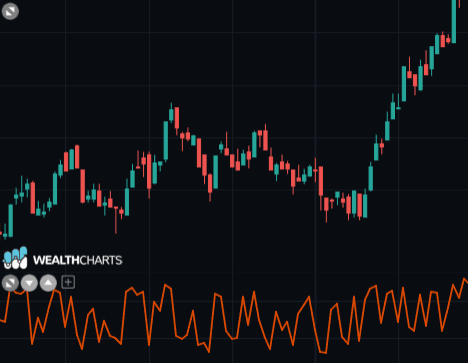Categories
About UsHow to get startedAccount AccessBrokers and TradingScannersResearch ToolsCommunityStocksOptionsFuturesAlertsConnors RSI (CRSI) - Indicator Formula
Connors RSI (CRSI) is a momentum indicator developed by Larry Conners that is used to identify short-term overbought and oversold signals. The indicator uses two of the three inputs of J. Welles Wilder&s original Relative Strength Index (RSI). To develop the Connors RSI, Larry Conners used the RSI, Updown length, and Rate-of-Change. The Connors RSI has values that range between 0 and 100.
If the Connors RSI has a reading above 90, the asset is considered to be overbought and is considered to be bearish.
If the Connors RSI has a reading below 10, the asset is considered to be oversold and is considered to be bullish.
Calculation:
There are three major components to Connors RSI:
RSI = Standard RSI which is generally a short-term RSI.
UpDown Length = The number of consecutive days that an asset&s price has either closed up (greater than the day before) or closed down (less than the day before).
Closing up = positive numbers and closing down = negative numbers. If an asset closes at the same price for two days in a row, the UpDown Length is 0. In the example below it is a 2 Period RSI.
ROC = The Rate-of-Change. The measure percent change in price from one period to the next and calculates a percentage of the number of values.
In this example it is a 3 Period RSI.
CRSI [ 3, 2, 100 ] = RSI[ 3 ] + RSI[ UpDown Length, 2 ] + ROC[ 100 ] / 3
